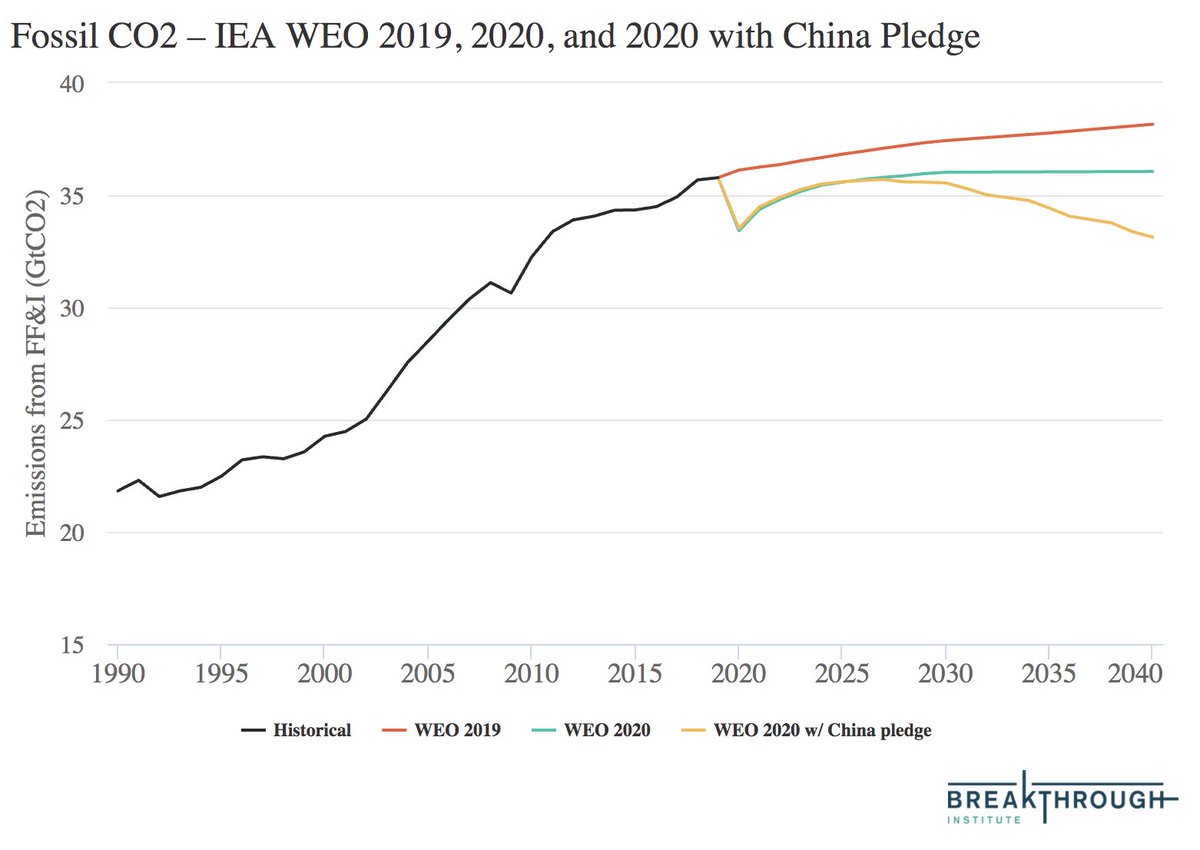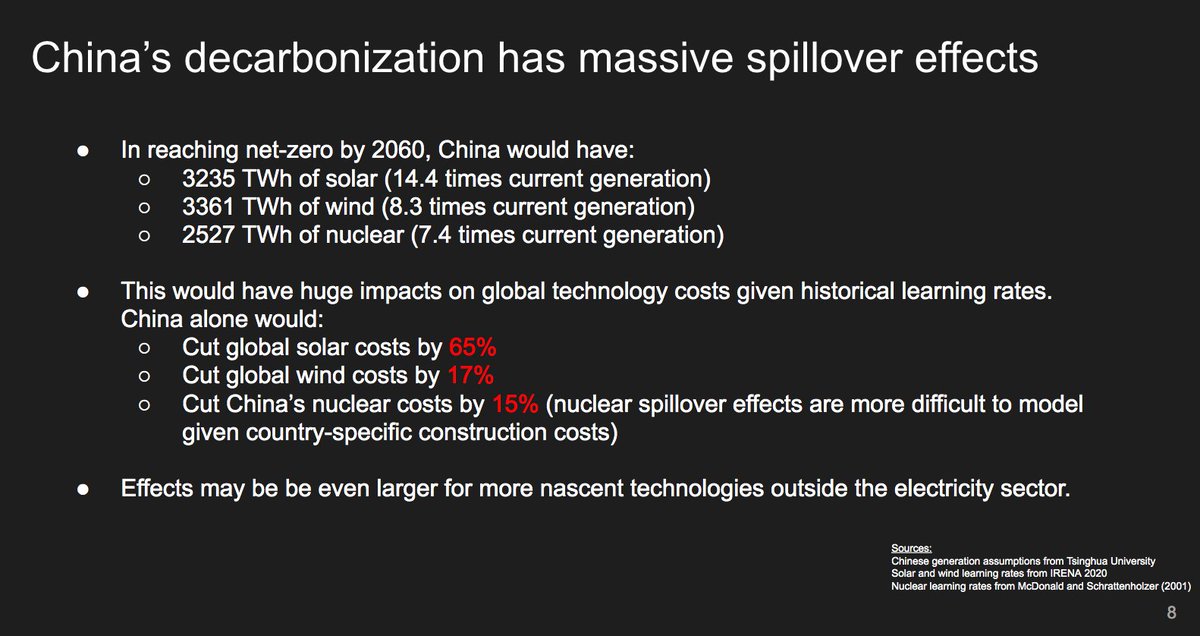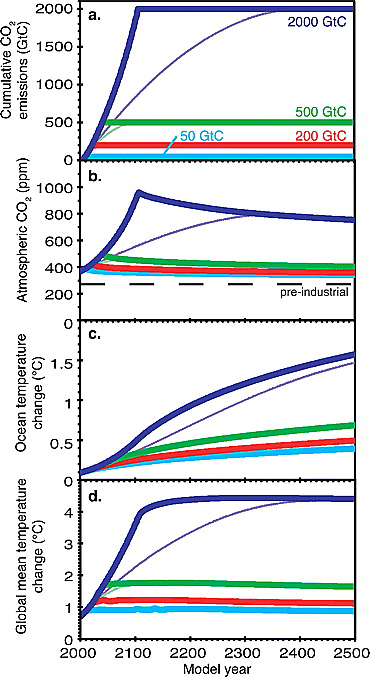
Michael Mann has new book out – The New Climate War. I've coauthored papers in the past with Mike and respect his scientific and communications work. However, in his book he claims that my organization @TheBTI was "initially linked to the fossil fuel industry". This is false. (1)
Prior to the release of his book we reached out and sent the following letter to Mike, giving him the opportunity to correct the record. Unfortunately, as we never heard back we have decided to make it public: thebreakthrough.org/articles/lette… (2)
The @TheBTI has never accepted any money from the fossil fuel industry or industry employees. Mike suggests otherwise based on the fact that BTI once received some funding from the George and Cynthia Mitchell Foundation. thebreakthrough.org/about/who-we-a… (3)
In 2014, over a decade after our founding, we received a small grant of $10k from Mitchell Foundation to support a conference that we hosted on lessons from the shale revolution that might be applied to federal support for clean energy innovation and low-carbon technology. (4)
Thats the only funding we ever received from Mitchell Foundation. Folks who attended like @JaneAFlegal and @JesseJenkins can confirm that the purpose of that conference was to learn how federal support catalyzed innovation for shale and how it could be applied to clean tech. (5)
Furthermore, George Mitchell sold Mitchell Energy in 1998, almost two decades prior to the grant in question. The Foundation is not associated with the companies that Mitchell formerly owned and operated, nor any other fossil fuel interest that we are aware of. (6)
The George and Cynthia Mitchell Foundation is no more a fossil fuel interest than is the Rockefeller Brothers Foundation or any other foundation whose endowment in some way tracks back to fossil fuel extraction or use. (7)
Unlike our organization, the Penn State College of Earth and Mineral Sciences where Mike works has accepted funding from oil and gas companies, though we do not presume that such funding has any impact on his research. (8)
There are other factual inaccuracies about BTI in the book: @DKeithClimate and @mcnisbet have never had formal affiliation with BTI, and we never “promoted geoengineering as a primary means of climate mitigation” (our coverage has been rather nuanced: thebreakthrough.org/articles/can-g…) (9)
Mike has been the subject of senseless personal attacks by those who deny the reality of climate change, and I hope that experience will help him acknowledge that care is needed when impugning the motives of others you may disagree with on some issues. (10)
We live in a world where there are many competing valid views of the best ways to rapidly reduce our greenhouse gas emissions, and falsely accusing those you may disagree with of being in the pay of nefarious interests is antithetical to effective dialogue. (11)
I suspect Mike and I agree on a lot more than we disagree on, and even where we disagree I hope we can have productive dialogue. We all see the need to urgently tackle climate change. We just ask that he correct the record on these false claims. (12/12)
• • •
Missing some Tweet in this thread? You can try to
force a refresh






